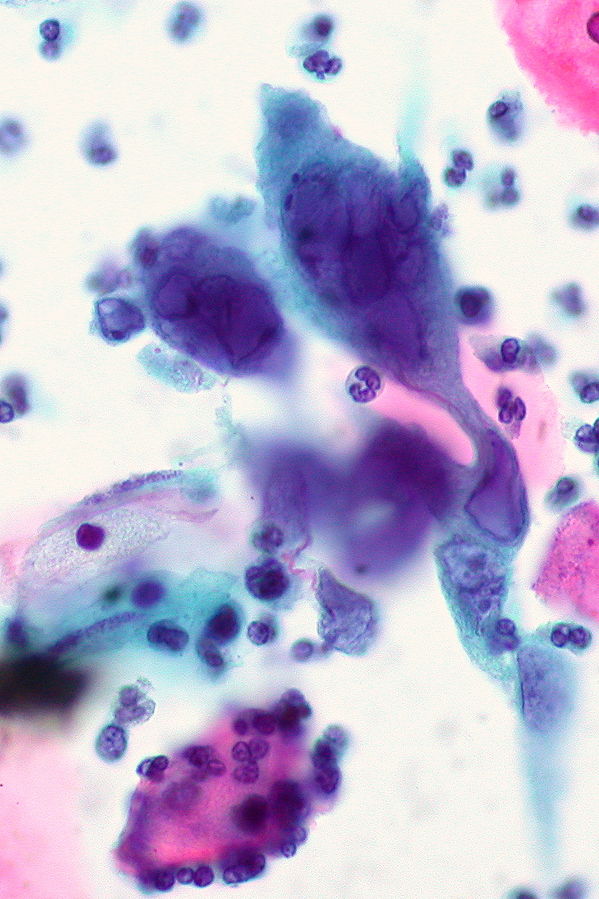Herpes virus discoveries could lead to new drugs

Researchers have discovered the biological mechanisms that the herpes virus uses to infect people, potentially leading to a new generation of drug therapies.
Scientists at Glasgow University made the findings using Nobel prize-winning technology – cryo-electron microscopy – to reveal the detailed structure of the common herpes virus and see how it functions.
It entails a sample being frozen and studied via a beam of electrons that interacts with molecules. Proteins, nucleic acids and other biomolecules – and their movements and functions – can be seen with greater clarity than alternative microscopy.
The latter reveals intricate details that could lead to the development of drugs to tackle infections. Until this latest finding, the microscopic size of the capsid – the virus’s shell that encases its DNA – made analysis difficult. It measures just 1/10,000th of a millimetre in diameter.
Enabled by the technology, researchers were able to reveal the structure of a motor-like assembly they called a portal. Herpes viruses pump their DNA into preassembled capsids through the portal.
When a herpes virus infects human cells, its DNA is ejected from the capsid by this same portal mechanism.
Herpes viruses cause cold sores and chicken pox. Also, certain strains can cause cancers and severe illnesses in the unborn child.
At least eight out of 10 people who carry the virus are unaware they are infected as there are often few or no symptoms. The Herpes Viruses Association estimates that by 30, half the population will have the virus.
Dr David Bhella, lead author of the study from the MRC-University of Glasgow Centre for Virus Research, said, “Cryo-electron microscopy, combined with new computational image processing methods allowed us to reveal the detailed structure of the unique machinery by which the virus packs DNA into the capsid. The DNA is packed very tightly, reaching a pressure similar to that inside a bottle of Champagne.
“We hope that this study will eventually lead to the development of new medicines to treat acute herpes virus infections, through the design of drugs that will block the action of the portal motor.”
Dr Jonathan Pearce, head of infections and immunity at the Medical Research Council, said, “The findings provide scientists with a better understanding of the virus and its anatomy, and, in turn, an insight into potential new therapeutic targets.”
The creators of the cryo-electron microscope, Richard Henderson, Joachim Frank and Jacques Dubochet, based in the UK, US, and Switzerland respectively, were awarded the Nobel Prize for Chemistry last year.
Photograph: Ed Uthman











